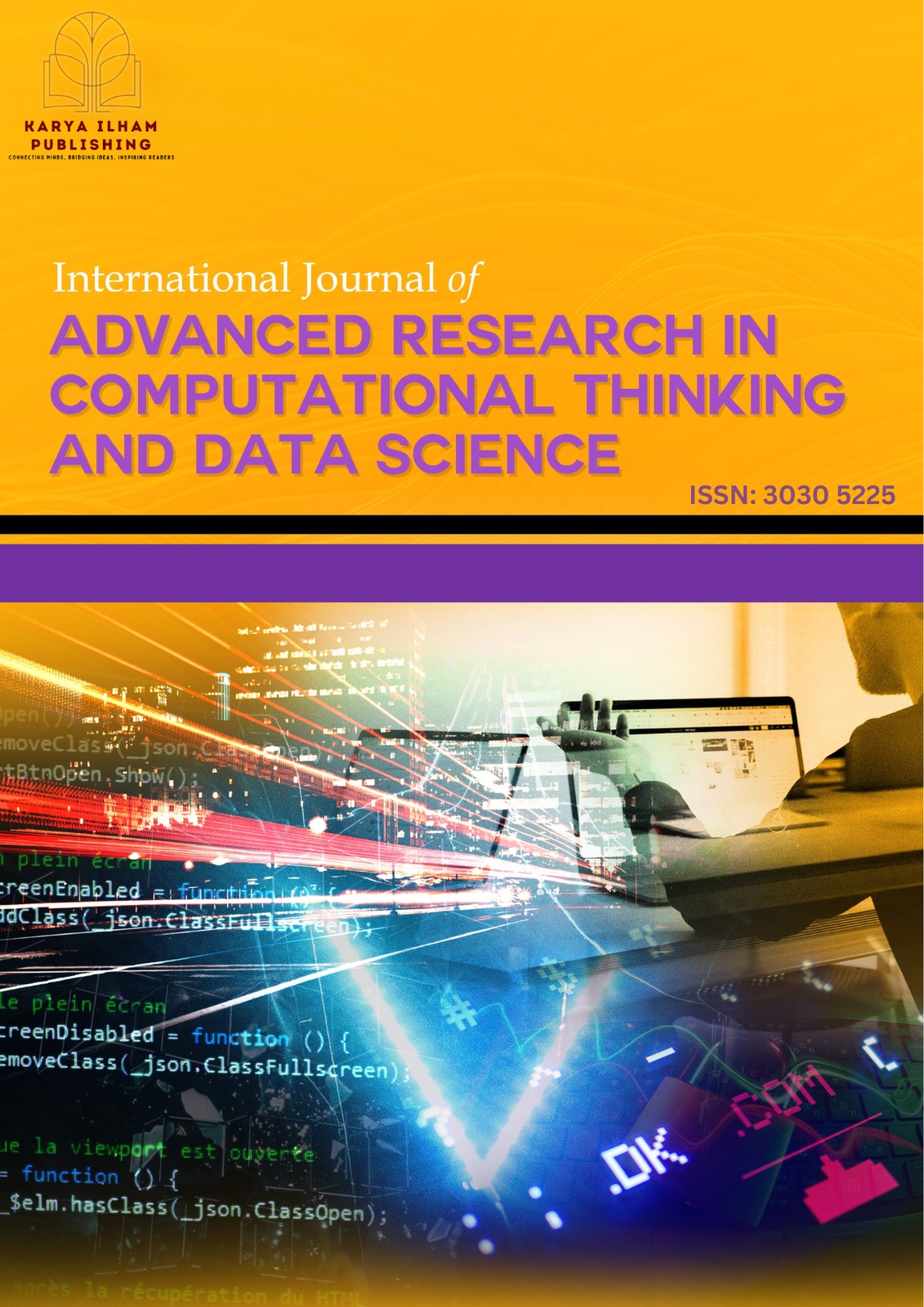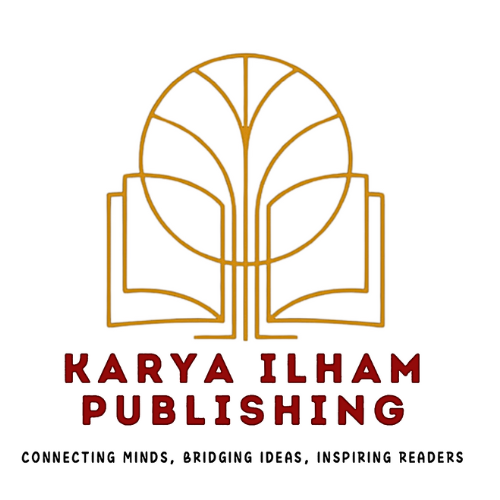Enhancing Quantum Information Processing – SU(2) Operator Model Development for Three-Qubit Quantum Systems Entanglement Classification
DOI:
https://doi.org/10.37934/ctds.3.1.119aKeywords:
Special unitary group, local unitary, entanglement classification, three-qubit quantum systemsAbstract
The study introduces the development of the operator model within the Local Unitary (LU) protocol for entanglement classification, specifically of the pure three-qubit quantum systems. Addressing the challenge of accurately distinguishing different classes of entanglement, this research aims to enhance the understanding and utilization of entangled quantum states in quantum information processing. A systematic approach was employed in the development of the model, designed to effectively distinguish different classes of entanglement. This study contributes significantly to quantum information processing, by providing valuable insights into the nature of entangled quantum states and enabling researchers to gain a better understanding, utilizing them effectively in various quantum applications. The developed operator model holds significant potential for the advancements in entanglement classification and broaderscope of quantum information processing. The model marks a notable achievement in enabling a more precise and efficient entanglement of entangled quantum systems, which is crucial for advancing various quantum technologies. Future research should extends this model to a higher-qubit and higher-dimensional quantum systems and explore its integration with several other entanglement classification protocols and Lie groups to further advance the field.














